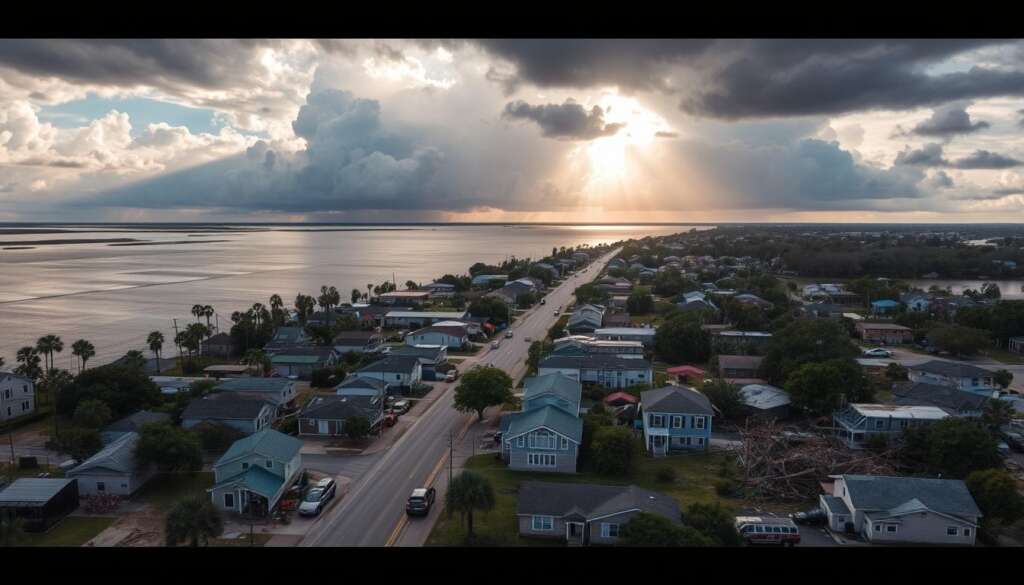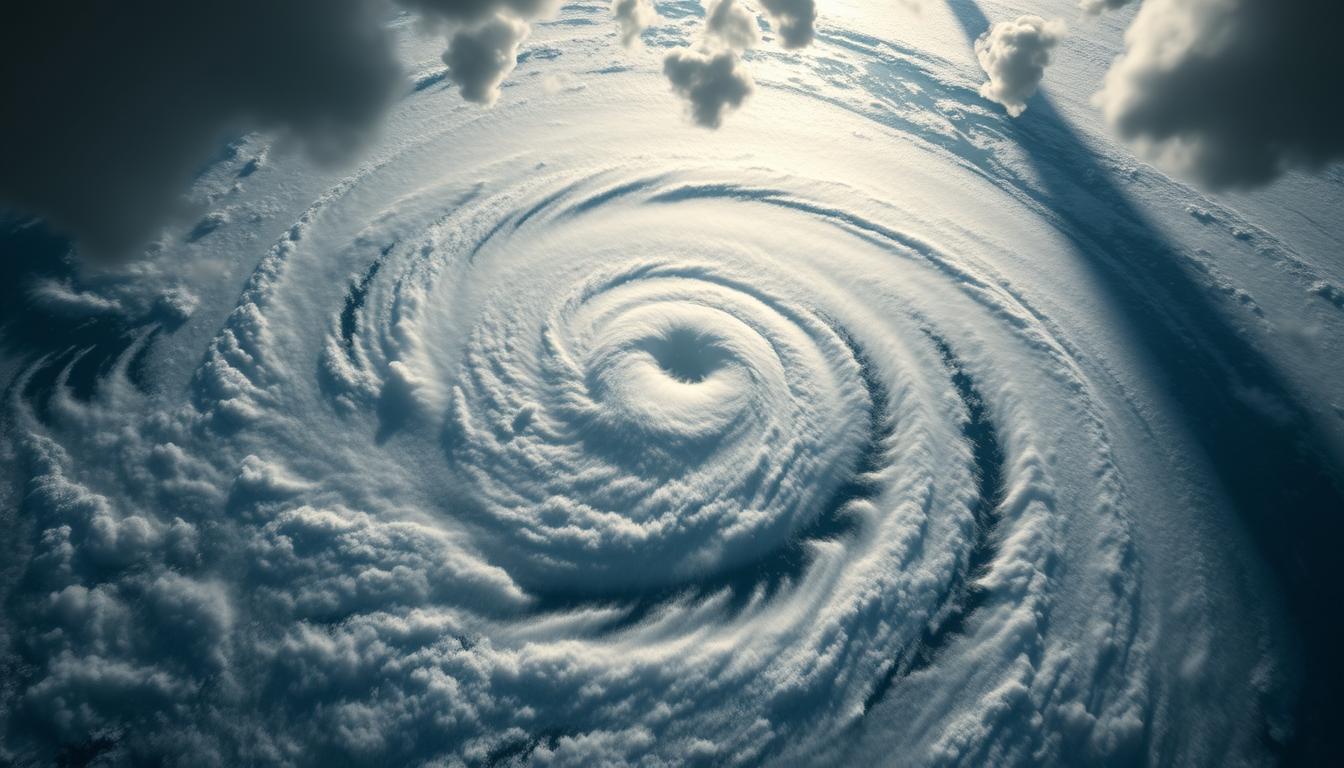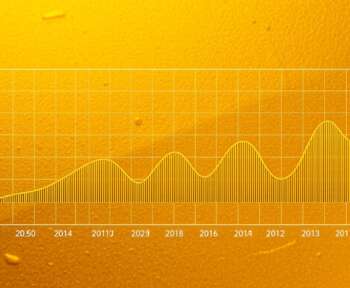Hurricane Milton hit Florida’s central west coast on October 9, 2024. It landed near Siesta Key as a powerful Category 3 hurricane. The winds reached an amazing 120 mph.
As I watched, it was clear the storm would bring big challenges. After hitting land, Milton weakened to a Category 1. But it still caused a lot of damage. This damage led to at least eight deaths and over 3.2 million power outages.
The storm’s unpredictability made tracking it hard. Forecasters thought it could be a Category 5. This raised fears of up to 13 feet of storm surge along the Gulf Coast. Those affected are now facing a long recovery, with severe flooding and tornadoes adding to the trouble.
Key Takeaways
- Hurricane Milton made landfall on October 9, 2024, as a Category 3 storm.
- Over 3.2 million customers lost power due to Hurricane Milton.
- Authorities issued mass evacuations, supporting around 200,000 individuals in 149 shelters.
- Florida experienced unprecedented tornado activity, with 38 tornadoes reported from the storm.
- Heavy rainfall of up to 18 inches posed a risk of catastrophic flooding in several regions.
- Emergency orders were issued for 51 counties, urging residents to stockpile supplies.
The Formation of Hurricane Milton
The formation of Hurricane Milton was a remarkable event. It was mainly due to the warm sea temperatures in the Gulf of Mexico. This warmth was perfect for Milton to grow and get stronger fast.
Rapid Intensification Timeline
Milton’s quick growth caught everyone’s eye. It went from a tropical storm to a powerful Category 5 hurricane in less than 48 hours. Here are some important points about its rapid growth:
- The storm turned into a Category 5 hurricane on October 7, 2024, with winds of 180 mph.
- In just 24 hours, Milton’s wind speed jumped by 95 mph. This is much faster than the usual 35 mph.
- Milton’s central pressure dropped from 1007 mb to an amazing 897 mb.
- This hurricane had the strongest winds in the Gulf of Mexico since Hurricane Rita in 2005.
Geographical Factors Contributing to its Development
Some geographical factors made Hurricane Milton even stronger. South and west Florida’s unique shape made the storm’s impact worse:
- The western peninsula’s shape made storm surges more likely.
- Low-lying coastal areas were very vulnerable. They faced storm surges up to 13 feet.
- The warm Gulf waters were key in making the hurricane stronger. This shows how geography affects hurricane growth.
Hurricane Milton’s Path and Forecast
The hurricane milton forecast has caused worry in Florida as it gets closer. The storm is expected to hit Tampa Bay, a densely populated area. This could lead to serious problems.
Projected Path and Landfall Timing
Hurricane Milton is set to hit Tampa Bay early on October 9. It will move east across central Florida, possibly weakening to a Category 1 by the Atlantic Ocean. The storm could get stronger before hitting land, making it hard to predict.
Heavy rain is expected, which could cause flooding. This risk will stay even after the storm’s eye has passed.
Category Ratings During Its Progression
The Milton hurricane category has changed a lot. It started as a Category 3 with winds of 120 mph. Then, it surprisingly became a Category 5 with winds of 165 mph before hitting land. This shows how unpredictable hurricanes can be.
Below is a quick summary of the hurricane’s categories:
| Timestamp | Milton Hurricane Category | Sustained Wind Speed (mph) |
|---|---|---|
| Before Landfall | Category 5 | 165 |
| Landfall | Category 3 | 120 |
| Post-Landfall | Category 1 | 70 |
It’s key for everyone to watch these changes. This helps in taking the right safety steps. Keeping an eye on Hurricane Milton is very important.
Impact on Florida: Damage and Destruction
Hurricane Milton has caused a lot of damage in Florida. It brought strong winds and heavy rains. This has left many communities in ruins and raised concerns about how to recover.
Places like Hardee, Sarasota, Hillsborough, and Manatee counties have seen a lot of damage. The damage is worst in cities.
Areas Most Affected by Hurricane Milton
Many counties were hit hard by hurricane Milton. Here are some of the worst-hit areas:
- St. Petersburg: Extensive roof damage and downed vehicles.
- Orlando: Minor damages including leaks and downed trees.
- Tampa Bay Area: Recorded the highest level of fuel shortages post-storm.
- Central Gulf Coast: Particularly Hardee and Hillsborough counties faced critical impacts.
Statistics on Power Outages and Damage Reports
Power outages are a big problem. Over 1.7 million people are without electricity. This is one of the biggest power outages in Florida’s history.
Over 1,000 federal workers are helping with the recovery. Search and rescue teams have made over 4,200 rescues. The effort includes:
| Statistic | Number |
|---|---|
| Rescues Conducted | 4,200+ |
| Meals Delivered | 1.2 million |
| Federal Personnel on Ground | 1,000+ |
| Power Outages | 1.7 million+ |
| Fuel Stations Without Supply | 30% |
More than 83,000 people have gone to shelters. Fuel shortages are a big problem, especially in Tampa-St. Petersburg. Local officials are working hard to fix the damage and get services back for those affected.
Weather Warnings and Emergency Response
As Hurricane Milton approached, many milton hurricane warning alerts were sent out. These warnings covered Florida’s western coast and inland areas. Governor Ron DeSantis quickly set up a statewide emergency plan to protect lives and property.
Hurricane and Storm Surge Warnings Issued
Before Hurricane Milton hit, many agencies got ready. The Coast Guard prepared:
- 27 aircraft for quick action, with 17 ready and 10 from the Coast Guard Auxiliary.
- 30 cutters, with 10 underway and 20 at heavy weather moorings.
- Three floodwater response teams with 16 crews and 19 boats at Camp Blanding.
Coast Guard teams were set up at key spots, ready to help if needed. Help was also available from the Coast Guard Atlantic Area Command in Portsmouth, Virginia, and the Coast Guard Headquarters in Washington, D.C.
Mass Evacuations and Safety Measures Undertaken
The state took big steps to prepare for Hurricane Milton. People in danger zones were told to leave. The State Assistance Information Line was open for updates and help, at 1-800-342-3557. For help with leaving, call 1-800-729-3413.
FEMA was key in getting food and water ready. They had 20 million meals and 40 million liters of water ready. They also sent seven teams to help, and the FEMA App gave updates in English and Spanish.
Hurricane Milton’s Tornado Activity
Florida faced a new challenge when Hurricane Milton hit. Meteorologists quickly issued many tornado warnings. This showed how hurricanes can be dangerous in many ways.
Number of Tornado Warnings Issued
On the day of the tornado outbreak, officials issued 126 tornado warnings across the state. This action showed they understood the risks of hurricane-induced tornadoes. The unusual weather during Hurricane Milton made things even more dangerous.
Impact of Tornadoes Spawned by the Storm
The tornadoes caused a lot of damage, especially in St. Lucie County. At least six people died there. The tornadoes destroyed homes, stripped buildings, and caused power outages.
| Statistic | Details |
|---|---|
| Fatalities | 6 reported dead in St. Lucie County |
| Tornado Warnings Issued | 126 warnings issued throughout the storm |
| Tornado Reports | 45 confirmed tornadoes associated with Hurricane Milton |
| Ravaged Communities | Spanish Lakes Country Club Village faced major destruction |
| Power Outages | Widespread outages reported in affected areas |
| Wind Speeds | EF-3 tornado in Palm Beach Gardens with 140 mph winds |
Experts said the tornadoes were caused by warm conditions and strong wind shear. This was especially true on the storm’s right side. The unusual stability during Hurricane Milton led to a record number of tornadoes. The storm’s impact will be remembered for both hurricane damage and the tornadoes it caused.
Hurricane Milton: Recovery Efforts
After Hurricane Milton, local and federal groups quickly got to work. They worked together to fix the damage fast. The community’s spirit was key in rebuilding.
Government Resources and Support Initiatives
The government played a big role in helping out. FEMA gave $408 million to those hit by the hurricane. Over 1,000 FEMA staff helped out in person.
They sent out more than 1.6 million meals and 400,000 liters of water. Power was also quickly restored. Outages went from 3.3 million to 2.2 million.
Community Responses and Involvement
The community came together to help. Local groups organized volunteers for cleanups. Shelters became places to get help and resources.
People were urged to volunteer. This helped those struggling to get back on their feet. The Crisis Cleanup hotline was a big help, offering vital services.

Continued Monitoring of Hurricane Milton
I kept an eye on Hurricane Milton by using online tools. The milton storm tracker gave me updates on the storm’s strength. It showed that Milton turned into a post-tropical cyclone, moving away from the mainland.
Apps helped me understand the storm’s impact. They showed rainfall totals, wind speeds, and what precautions to take. These tools are key for staying ready during hurricane season.
Live Updates and Tracking Resources
Many resources help keep us informed about Hurricane Milton. Airports like Tampa International Airport started flying again. Sarasota-Bradenton International Airport will close soon.
Evacuation shelters, like the Southwest Recreation Center, are ready for those affected. Florida Power & Light aims to restore power in Manatee and Sarasota by October 17. Having the latest info is crucial for personal safety.
Future Forecasts and Precautions
The future looks intense for the west coast of Florida. Hurricane Milton might hit as a Category 3 storm. A tropical storm warning is in place for Alachua County, with winds of 39 to 57 mph expected.
Rainfall could be 2 to 4 inches, leading to flooding. Mandatory evacuations are in place for some areas. Public shelters are open for those who need a safe place. It’s vital to stay informed and take necessary precautions.
| Resource | Status | Details |
|---|---|---|
| Tampa International Airport | Open | Operational for flights |
| Sarasota-Bradenton International Airport | Closed | Reopening on October 16 at 9 am |
| St. Pete-Clearwater International Airport | Scheduled to Reopen | Reopening on October 12 at 4:30 pm |
| FPL Power Restoration | Ongoing | 95% restoration expected by October 17 |
| Evacuation Shelters in Lee County | Open | 13 shelters, pet-friendly, nearing capacity |
Long-term Implications of Hurricane Milton
Hurricane Milton’s aftermath brings up big questions about climate change and storm patterns. A study on tropical cyclones shows they cause thousands of indirect deaths. This trend is alarming. It shows we need better coastal defenses.
Climate Change Considerations
Hurricane Milton’s patterns show us the urgent need to address climate change. Warmer seas make storms stronger. The storm’s economic impact could affect GDP and jobs for a long time.
It’s important to have a strong disaster policy. This policy should focus on both immediate and long-term effects of disasters.
Lessons Learned for Future Storm Seasons
Looking at Hurricane Milton’s impact teaches us important lessons. We need better evacuation plans and more prepared communities. It’s crucial to improve state and federal cooperation in recovery efforts.
These lessons will help us prepare for future storms. They aim to reduce the damage caused by storms as climate change gets worse.

Conclusion
Hurricane Milton left a deep mark on Florida, showing how hurricanes can still cause damage even when weakening. Looking back, we see the importance of being ready and strong as a community. The storm’s quick growth in power taught us a hard lesson.
After Milton, we saw how working together can help us get through tough times. Over 2 million people were without power, and fuel was scarce. Yet, more than 1,000 federal workers and over 50,000 recovery team members helped out.
This big effort not only helped right away but also taught us a lot for the future. We learned that by learning from each storm, we can get better at facing them. Now, we hope to use what we learned from Milton to deal with the changing weather.



